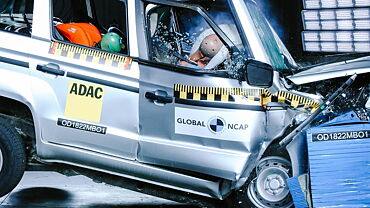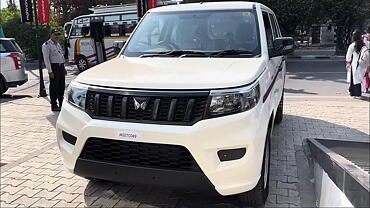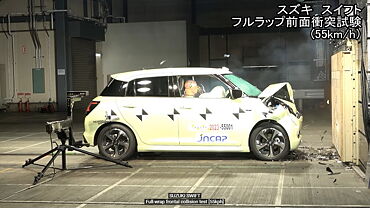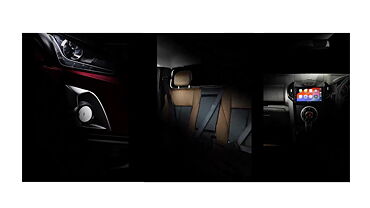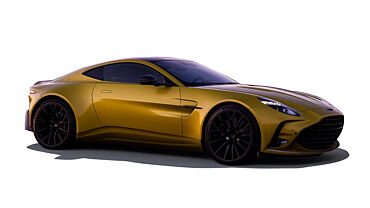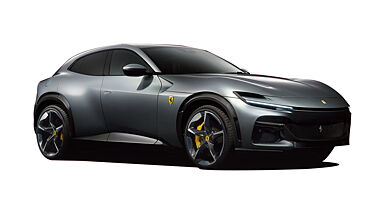The Indian arm of Mercedes-Benz, a renowned German luxury automotive marque, has revealed that it will start localised assembly operations of the GL-Class model at its Pune-based manufacturing facility from August 2013. This means that the company would soon have five locally manufactured cars in its domestic portfolio, which is expected to see more new additions in the next few years. Mercedes-Benz is also increasing its focus on smaller Indian towns and cities, in order to up the ante against its contemporaries BMW and Audi in the domestic premium car market.

Expressing his mind on the same, Eberhard Kern, Managing Director and Chief Executive Officer (CEO), Mercedes-Benz India, was quoted as saying, “We have aggressive plans for the Indian market in 2013 which is also our year of offensive. We have the strategy to push our volume models in the Indian market and have seen some instant success with our compact luxury models like the A-Class and B-Class.”
As per reports, the German luxury auto maker has doubled its annual production capacity to 20,000 units from its Pune plant. Mercedes-Benz has put in a cumulative investment of Rs. 850 crore that will enable it to challenge global rivals Audi and BMW and cement a lion's share in the Indian premium car market. Further, the company is working on starting localised assembly of its entry level A-Class and B-Class cars as Completely Knocked Down (CKD) units from next year. At present, the Mercedes-Benz A-Class and B-Class are doing well in the market, which explains the German car maker's future plans of local assembly. At present, A-Class and B-Class are available as Completely Built Units (CBUs) and represent the most affordable 'Three Pointed Star' models in India. Following their local production these vehicles will get further cheaper and could propel the company's profit margins easily.
Mercedes-Benz India has pronounced 2013 as the 'Year of Offensive' and has introduced three models so far this year, including new GL-Class Sports Utility Vehicle (SUV), A-Class luxury hatchback and recent one being the 2014 E-Class luxury saloon. The E-Class facelift range was launched on June 25, 2013 with price tags falling between Rs. 41.51 lakh and Rs. 44.48 lakh, respectively (ex-showroom New Delhi). The new Mercedes-Benz E-Class will take on BMW 5 Series and Audi A6 in the mid-size luxury saloon segment of the Indian auto market. The German luxury car maker sits happily on an impressive sales of 23,000 E-Class units over the years, which makes it the company's most successful models. At present, Mercedes-Benz India assembles C-Class and S-Class luxury saloons, along with ML-Class SUV at its Pune-based Chakan manufacturing facility.
Commenting on the E-Class model, the Mercedes-Benz India's CEO was quoted as saying, “The E-Class has been the most successful vehicle for Mercedes-Benz globally with more than 11 million units sold. In India too, the success story remains the same for the E-Class, which is the highest sold single model for the 'Three Pointed Star' in India. We have added more than 2000 fresh parts and components to the new model that makes it the most efficient E-Class sold in the Indian market.”
Reportedly, Mercedes-Benz is anticipating India to turn into one of its top ten global car markets within the next few years. The German firm is focusing on smaller Indian towns and cities, in order to to tap the complete potential of the domestic auto sector. The company is expanding its nationwide footprint and has established new retail outlets in Jalandhar, Karnal, Dhanbad, Calicat, Tisawadi, Vadodra and Porvorim, amongst other small Indian cities.
Expressing his views on the company's intentions of reaching out to more market regions, Eberhard Kern said, “45 per cent of our sales come from big metros like Delhi and Mumbai, which is not expected to change soon, but over the years the potential of new market would grow and help Mercedes to spread its wings in newer areas and generate fresh customers in the Indian market.” Mercedes-Benz has estimated that Indian car market will register sales of 7 million units by 2020, a sharp growth from the 2.6 million sales recorded in 2012. It must be noted that the luxury car segment still contributes just 1.2 per cent share in the Indian auto market, which the company hopes could reach 4 per cent by the end of current decade.



